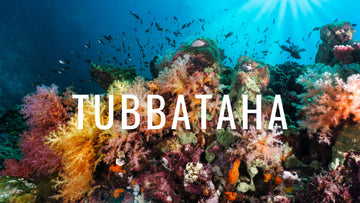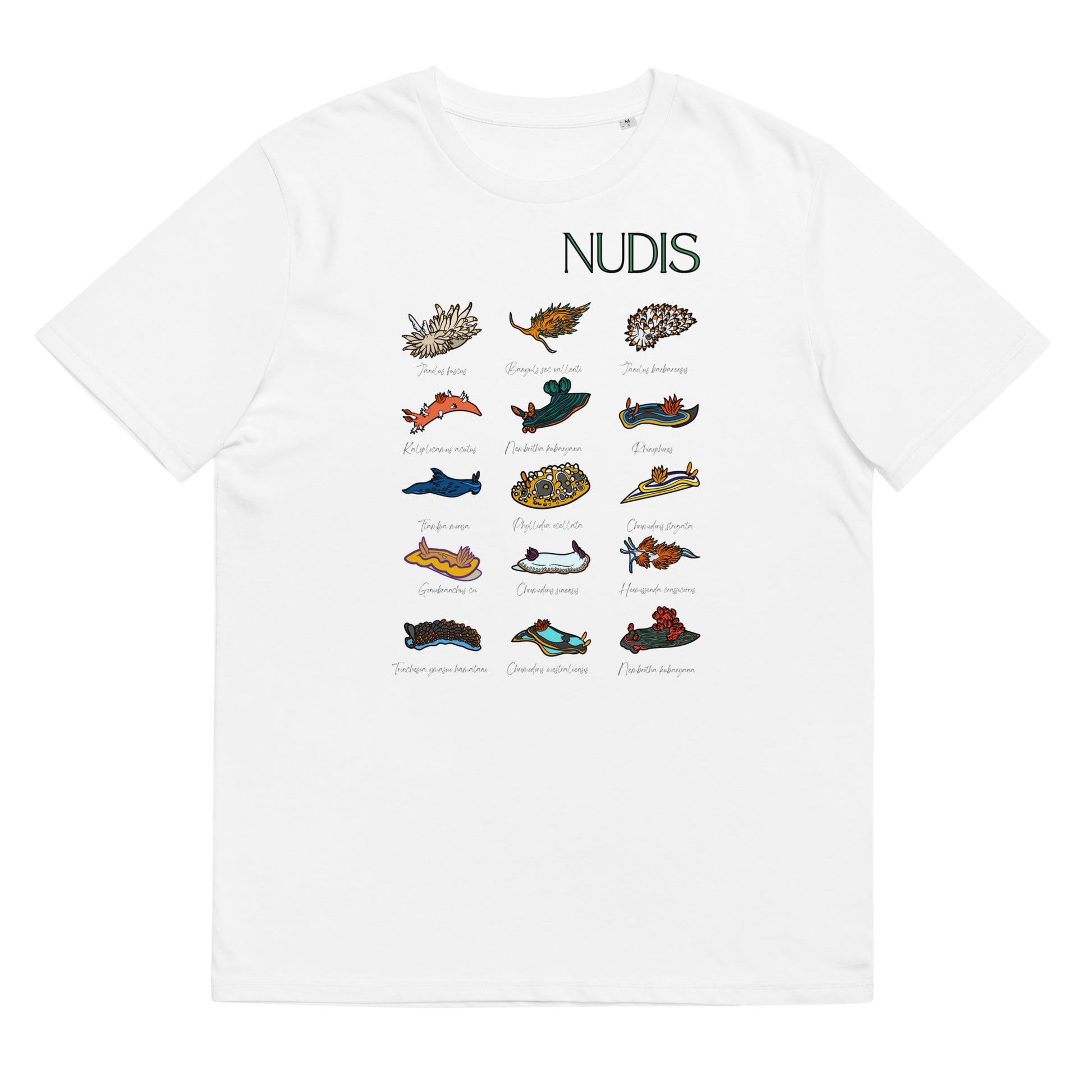The Tubbataha Marine Park, located on the island of Palawan, Philippines, can only be described as an oasis of underwater life. Its more than 33,000 hectares are located in the heart of the Coral Triangle, which is so diverse that it was declared a UNESCO World Heritage Site in 1993. The reef is home to nearly 400 species of coral and 500 species of fish.
The attractions for divers are endless, as you can imagine. Those who admire the large species can be surrounded by up to 11 species of sharks, get close to some of the 12 species of cetaceans that can be found in its waters throughout the year. You can also see endangered sea turtles such as the hawksbill and green turtles.
Tubbahata Reef, which is divided into two uninhabited atolls, the North Reef, about 5 km wide and shallow, and the South Reef, 2 km wide, has food-rich waters due to the currents they receive, ensuring a large amount of underwater life of all sizes. Thanks to local efforts, illegal fishing and coral harvesting have been eradicated and the gradual destruction that took place before 1988 has disappeared, and today it is a healthy reef where underwater life finds an ideal habitat.
Book Your Trip to Tubbataha at the Best Price
SEE ALL DIVING OFFERS IN TUBBATAHA
The reef is located 182 miles southeast of Puerto Princesa, the capital of Palawan Island, and is only accessible by liveaboard. The diving season at Tubbahatata runs from March to June, so if you want to visit this paradise, you need to book your spot well in advance.
Most of the dive sites are vertical walls with strong currents, so it is not the most suitable destination for inexperienced divers. As in the case of Puerto Galera, it is almost impossible to highlight some dive sites over others, but these will serve to give you a small idea of the incalculable value of this reef for lovers of underwater life:
Dive sites in Tubbataha
North Tubbataha
Although it is a complicated dive due to the strong currents, it is worth it for the variety of colorful fauna that it offers: angelfish, sweet lips, lionfish, scorpionfish, beautiful and huge nudibranchs... and the deeper we go, the more species we encounter, as we begin to see sea turtles, shoals of barracudas, giant rays, sharks or groups of tuna. This point is very interesting for night dives to see the frenetic hunting activity of these species.
T-shirts designed by divers for divers
VIEW MORE T-SHIRTS FOR DIVERSBird Island
This point is located on the northern side of the North Atoll. It is a vertical wall full of cavities, but where the protagonists are the large pelagic species, from mantas to turtles through different species of sharks such as black tip or white tip. The wall, as it could not be otherwise in the Coral Triangle, is full of corals, gorgonians and sponges of intense colors.

Sea turtles star in Tubbataha
Black Rock
At this point we find a slightly sloping wall that sinks to 20 meters. Although there is no great profusion of corals, we can find large species such as manta rays, some whitetip sharks, napoleon wrasses and both green and hawksbill turtles.
The lighthouse
This dive, named after the lighthouse on the island, offers extraordinary underwater landscapes. Large corals, anemones and sponges, where we can find schools of reef fish in a thousand colors, moving in all directions rocked by the currents. On this island there are many turtles that come to feed on the corals and with a little luck we can find some always photogenic reef stingrays.
Malaysian wreck
In this sunken wreck a few meters away, many reef fish, moray eels, angelfish and butterfly fish, lobsters or various flatworms and nudibranchs seek refuge from the strong current. This site is usually visited by pelagic species such as tuna or eagle rays and it is common to see groups of very shy sea turtles.

























